Nam Nha Pagoda is located in Binh Thuy Ward, Can Tho City (formerly Bui Huu Nghia Ward, Binh Thuy District, Can Tho City). The front of the pagoda faces Binh Thuy River, receiving cool breezes, pushing away dust and noisy traffic. Looking from the other side of the canal, the yellow color of the ancient pagoda appears behind the shady rows of old trees.
The road leading to Nam Nha Pagoda is Cach Mang Thang Tam - one of the main traffic routes in the inner city of Can Tho. In contrast to the crowded streets and busy life, anyone who sets foot in Nam Nha Pagoda just wants to take a deep breath in the strangely peaceful and serene space. Besides the ancient beauty of the architecture are the carefully tended green bushes that look refreshing.
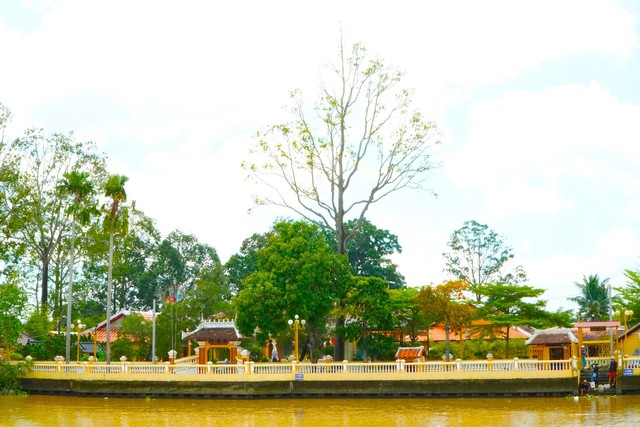
Nam Nha Pagoda seen from the other side of Binh Thuy River, Can Tho City
PHOTO: THANH DUY
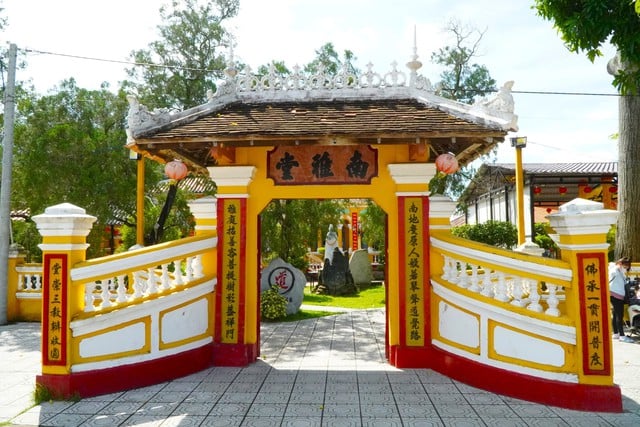
According to historical records, Nam Nha Pagoda was built in 1895 by Mr. Nguyen Giac Nguyen, one of the students of the valedictorian Bui Huu Nghia. The predecessor of this place was a traditional medicine shop Nam Nha Duong.
PHOTO: THANH DUY
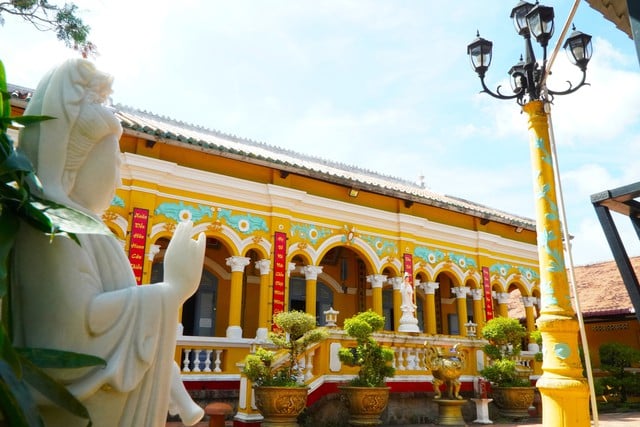
In 1917, after being damaged, Nam Nha pagoda was restored with bricks, tiles and many materials purchased from France. Since then, the pagoda has undergone many repairs and restorations but still retains its original architecture in a combined Asian - European style.
PHOTO: THANH DUY
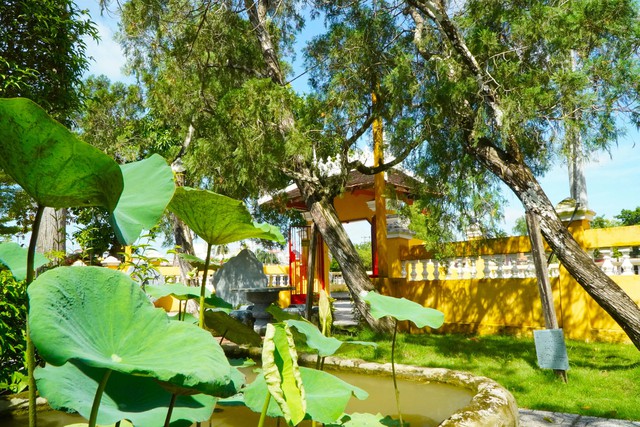
Nam Nha Pagoda does not have any grandiose symbols but impresses with the harmony between natural scenery and unique architecture. Just entering the temple gate, people will feel the cool green space of hundreds of years old trees.
PHOTO: THANH DUY
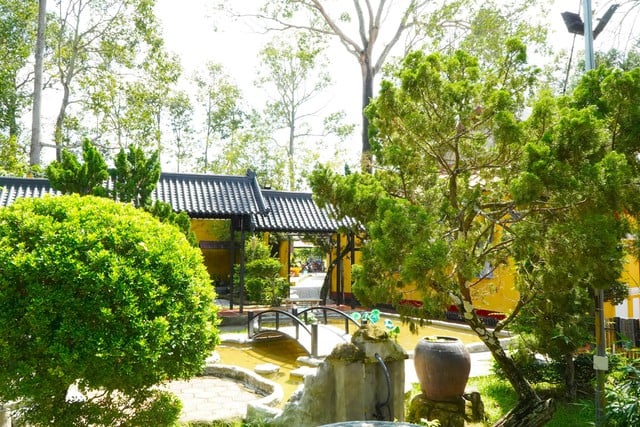
In front of the main temple is a large garden. There is a combination of green grass, cypress trees, old pine trees... The temple has elaborately created miniature landscapes with rockery, wooden bridge, lotus pond. All are decorated like a royal garden often seen in ancient movies.
PHOTO: THANH DUY
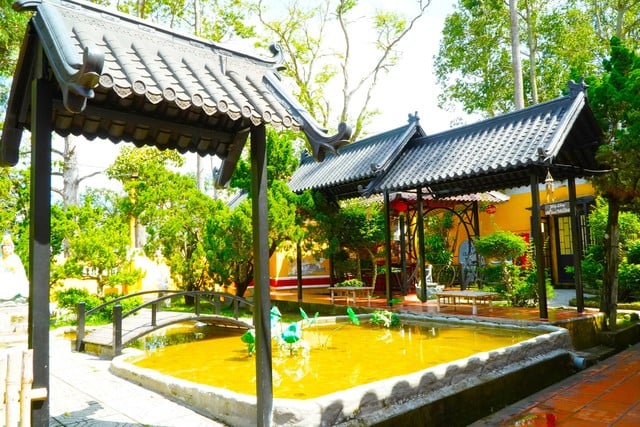
The items in the temple are built in balance and solidity. The yin-yang tiled houses create an ancient, quiet beauty, creating interest for those who like to take photos "stained with time".
PHOTO: THANH DUY
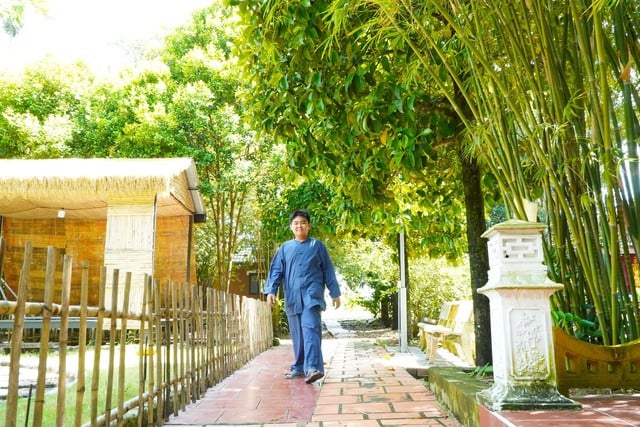
Behind the pagoda is another large campus, planted with many bamboo clumps, ornamental flowers, sala trees and fruit trees. The highlight in the green space is the worship statues, simple houses built of wood. Entering here is like being lost in a fairyland, transcendent, very gentle and relaxing.
PHOTO: THANH DUY

Nam Nha Pagoda follows the Minh Su sect originating from China, worshiping the Three Religions: Buddha Shakyamuni, Confucius and Lao Tzu. Monks are vegetarians, are not required to shave their heads, and dress freely but discreetly and solemnly. This place takes cultivating the mind and accumulating virtue as its guiding principle, so the atmosphere in the pagoda is always simple and close.
PHOTO: THANH DUY

The temple has a library with many books and nearly 20 computers. The temple is open to people who want to use it for studying. For the past two years, this place has organized charity classes to teach foreign languages and computer science for children during the summer.
PHOTO: THANH DUY
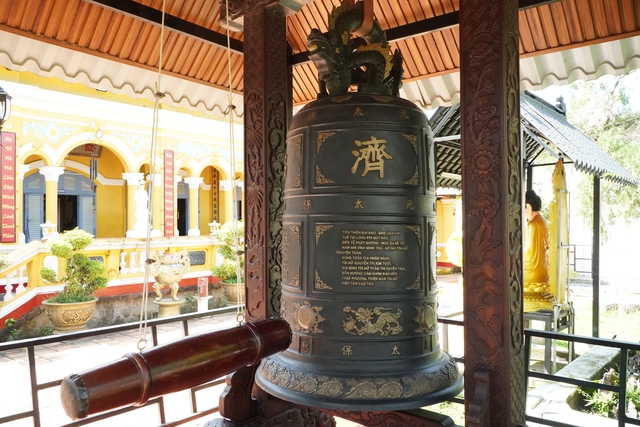
Every year, Nam Nha Pagoda holds major festivals such as the full moon of January, the full moon of July, the full moon of October and the Buddha's birthday. The pagoda also holds festivals according to Vietnamese religious rituals to preserve the cultural identity and national beliefs.
PHOTO: THANH DUY
Along with its architectural and natural features, Nam Nha Pagoda is also known as a red address. Since 1905, under the strong influence of the Dong Du movement, the patriotic spirit of teachers and Buddhists was strongly aroused. This pagoda has become a financial headquarters, supporting students to study abroad against the policy of keeping people ignorant of the French colonialists.
In particular, from 1907 to 1940, Nam Nha Pagoda was both a place of worship and the headquarters of the Dong Du movement in Can Tho. Here, in October 1913, patriotic scholar Cuong De and Mr. Nguyen Giac Nguyen discussed national affairs and mobilized the patriotic movement in the South. Later, the French colonialists discovered and closed the pagoda.
However, in the difficulties of the revolution, the Hau Giang Special Committee, the Southern Regional Party Committee still chose this place as a place to contact revolutionary organizations in the whole region. With such historical values, in January 1991, Nam Nha Pagoda was ranked as a National Historical Relic.
Source: https://thanhnien.vn/ngoi-chua-130-nam-tuoi-xanh-mat-giua-trung-tam-can-tho-18525082310025627.htm



![[Photo] Politburo works with the Standing Committee of Cao Bang Provincial Party Committee and Hue City Party Committee](https://vphoto.vietnam.vn/thumb/1200x675/vietnam/resource/IMAGE/2025/8/28/fee8a847b1ff45188749eb0299c512b2)

![[Photo] Prime Minister Pham Minh Chinh meets with Speaker of the New Zealand Parliament Gerry Brownlee](https://vphoto.vietnam.vn/thumb/1200x675/vietnam/resource/IMAGE/2025/8/28/cec2630220ec49efbb04030e664995db)
![[Photo] Red flag with yellow star flutters in France on National Day September 2](https://vphoto.vietnam.vn/thumb/1200x675/vietnam/resource/IMAGE/2025/8/28/f6fc12215220488bb859230b86b9cc12)
![[Photo] General Secretary To Lam presents the 45-year Party membership badge to comrade Phan Dinh Trac](https://vphoto.vietnam.vn/thumb/1200x675/vietnam/resource/IMAGE/2025/8/28/e2f08c400e504e38ac694bc6142ac331)
![[Photo] General Secretary To Lam attends the opening ceremony of the National Achievements Exhibition](https://vphoto.vietnam.vn/thumb/1200x675/vietnam/resource/IMAGE/2025/8/28/d371751d37634474bb3d91c6f701be7f)
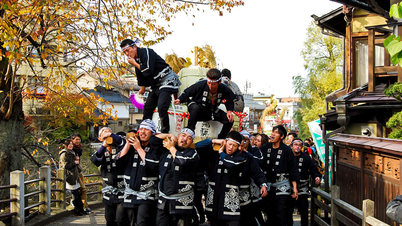

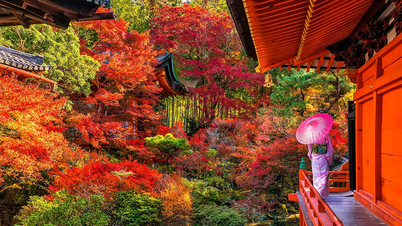




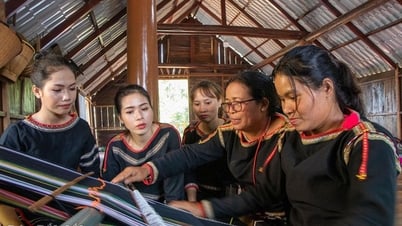




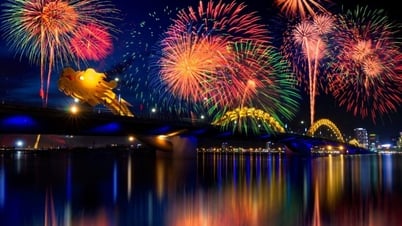
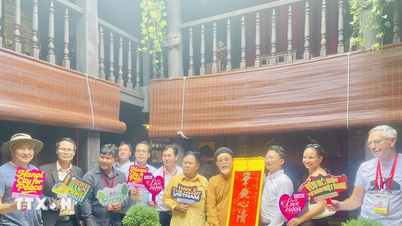









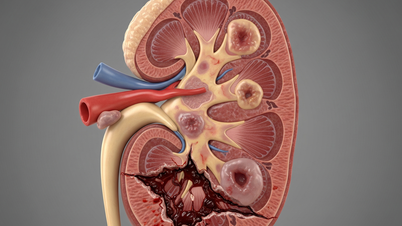





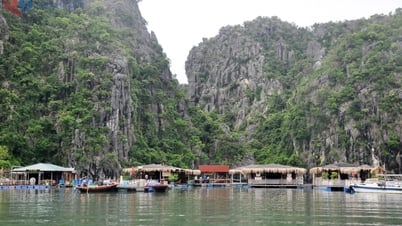

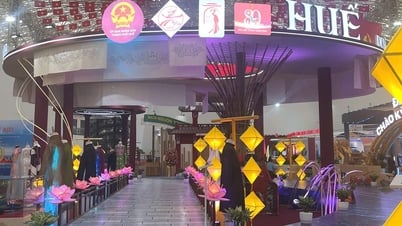
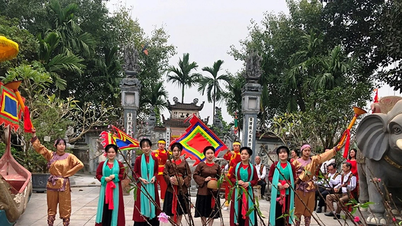
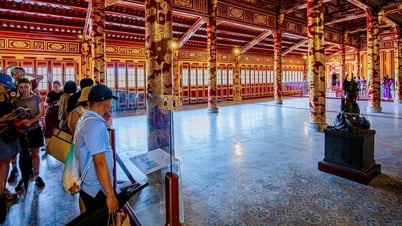




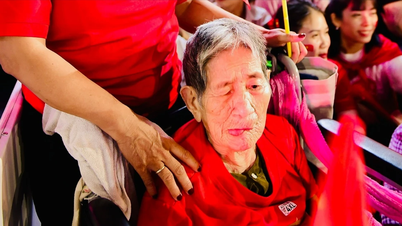



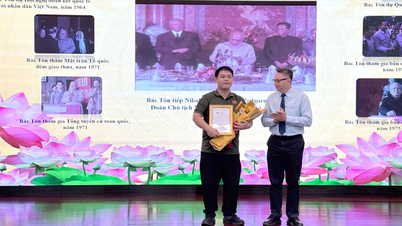







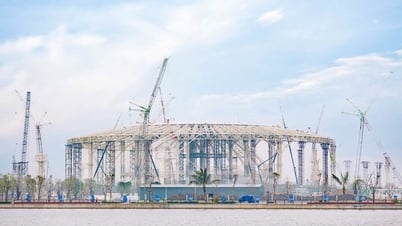
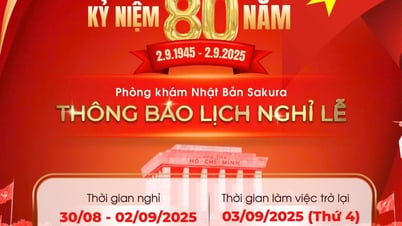
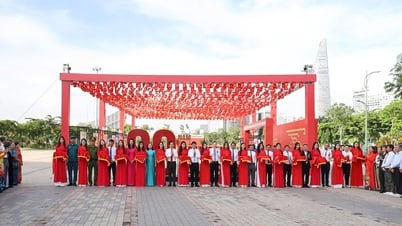










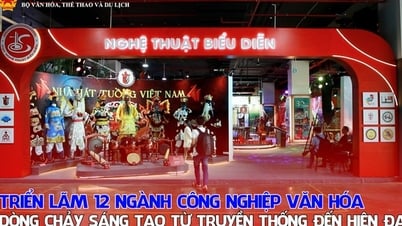






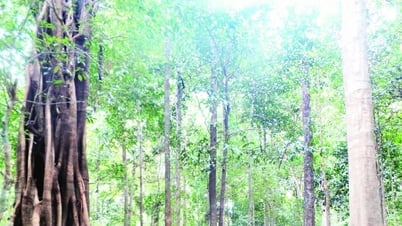

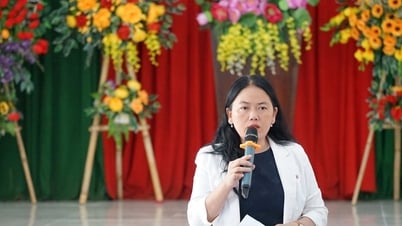




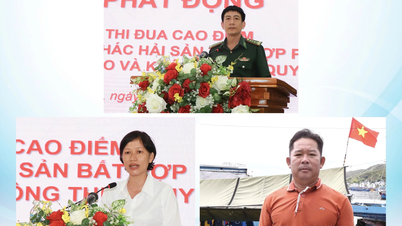







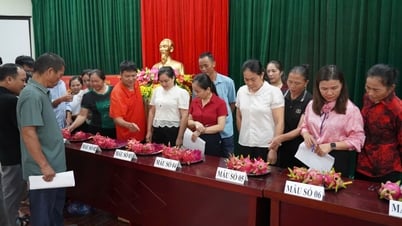





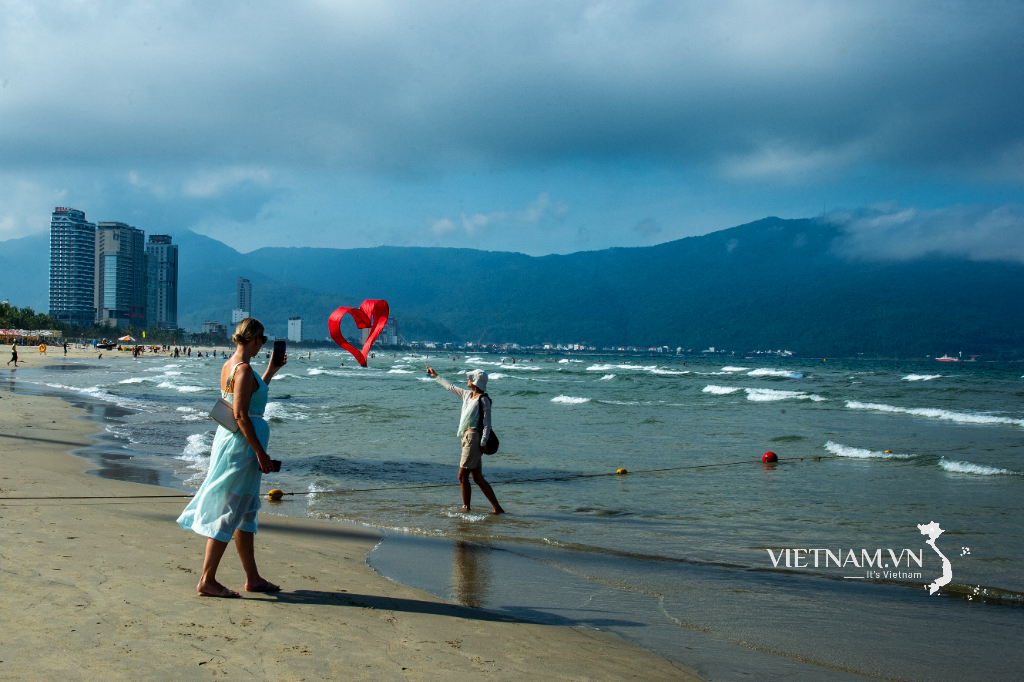


Comment (0)